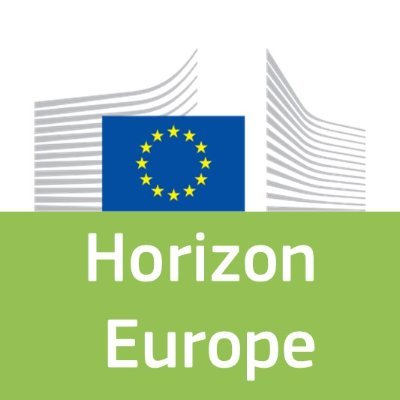- Vertech Group - France,
- Coolrec Bv - Netherlands,
- Fundacion Gaiker - Spain,
- Argus Additive Plastics GmbH - Germany,
- Fundacion Tecnalia Research & Innovation - Spain,
- Exergy Ltd - United Kingdom,
- Ifixit GmbH - Germany,
- Accurec-Recycling GmbH - Germany,
- Die Wiener Volkshochschulen GmbH - Austria,
- Sitraplas GmbH - Germany,
- Philips Consumer Lifestyle BV - Netherlands
The CloseWEEE project integrates three interlinked research and innovation areas for an improved, resource-efficient recycling of polymer materials and critical raw materials from electrical and electronics equipment (EEE): (1) Efficient and effective disassembly of EEE is key for high quality material fractions, separation of materials but also for reuse of components and parts. An information system for dismantlers will be developed, accessing webbased dismantling instructions, to ease the dismantling process, reduce destruction of reusable parts and components and to allow for a deeper dismantling level for better economics of the Recycling process. (2) Developing resource-efficient and innovative solutions for closing the loop of post-consumer high-grade plastics from WEEE, for new EEE through advanced recovery of valuable plastic streams which do not have a recycling system yet, and subsequent replacement of halogenated flame retardants by halogen-free flame retardants in new EEE. (3) Improved recycling of Lithium-ion batteries through increasing the recovery rates of cobalt and researching a recovery technology for the critical raw material graphite from those batteries. These technology innovations in the various stages of the EEE recycling value chain are complemented by research on reusing the recovered polymer fractions in new EEE, defining product design measures in favour of an optimised recycling eco-system, embedding related product design criteria in EU policy measures and global green procurement activities. These activities will support effectively the objectives of the European Innovation Partnership on Raw Materials.
Want to analyze based on this project via our analysis tool? Analyze this project
Knowledge Gaps
Degradation
Environmental fate and behavior of plastic
Commercial-related uncertainties
Characterization test methods
Environmental risk assessment (ERA)





